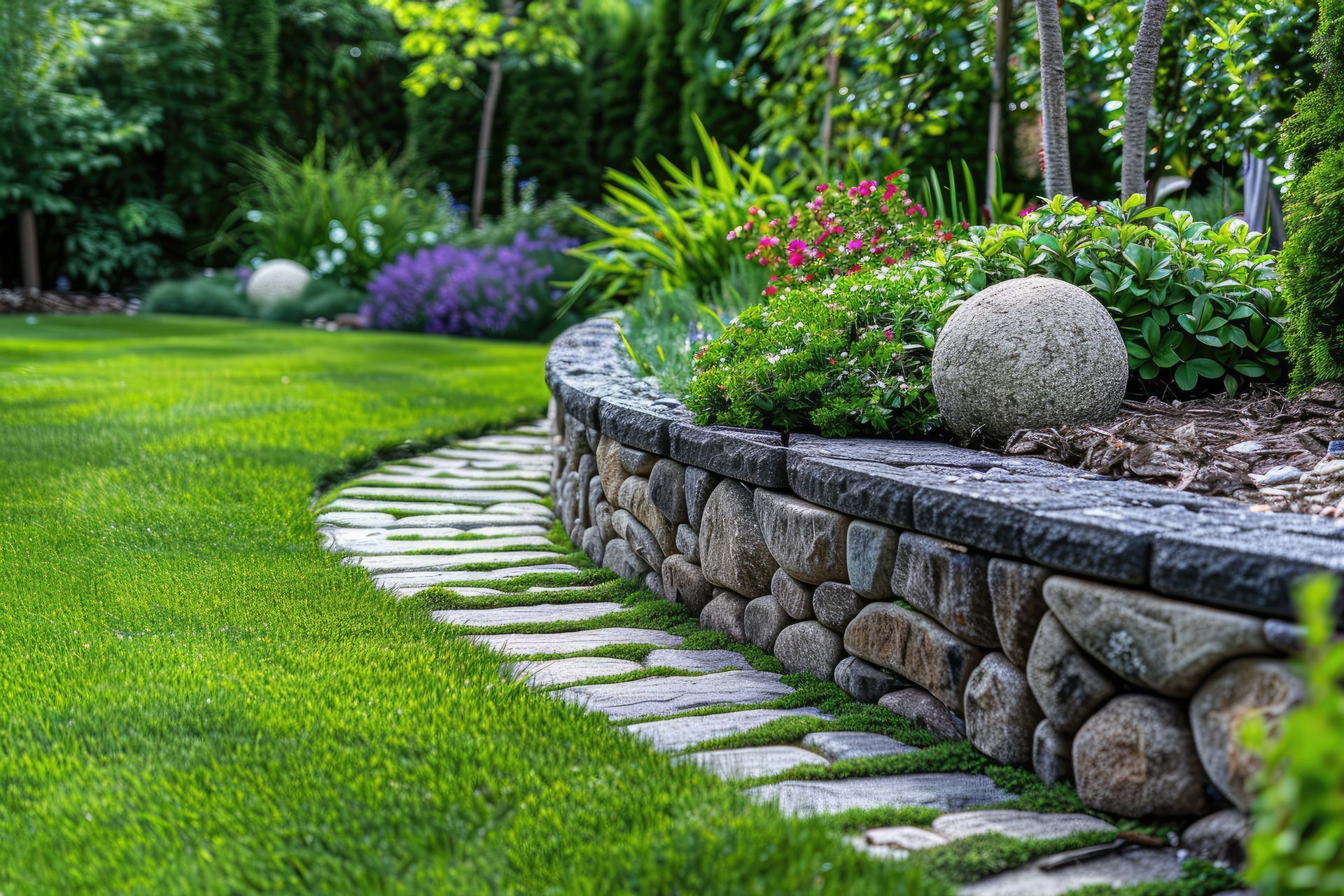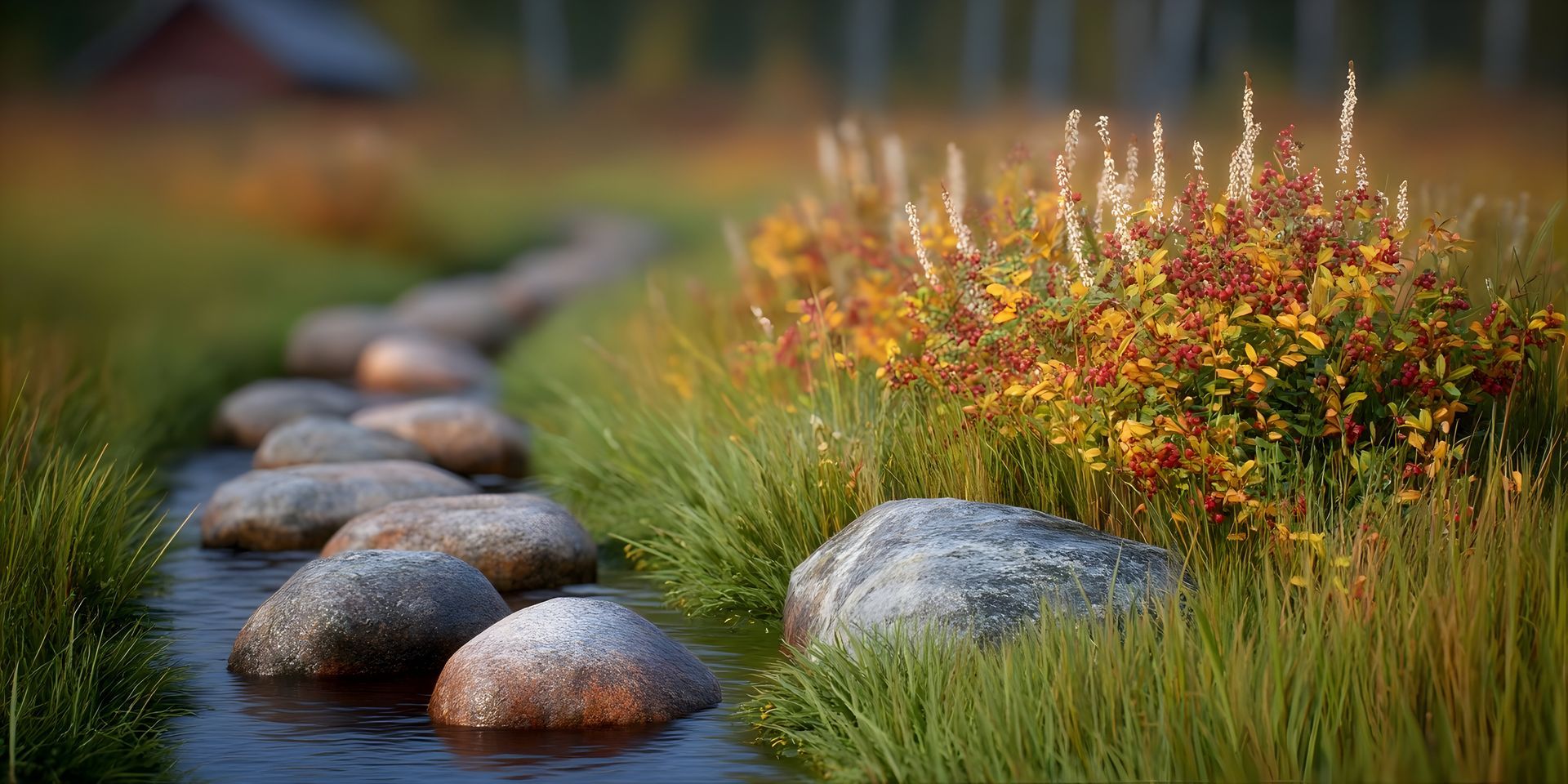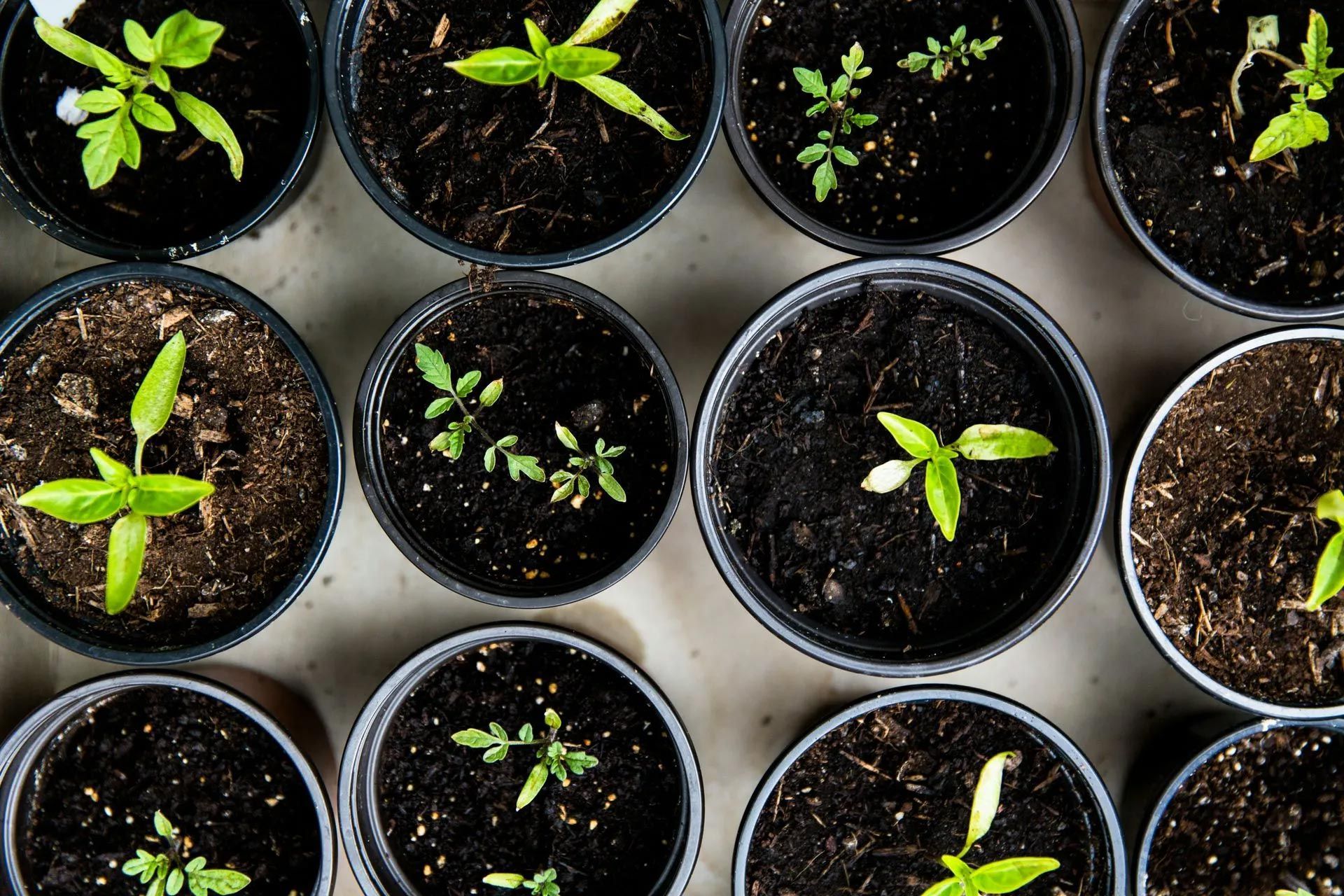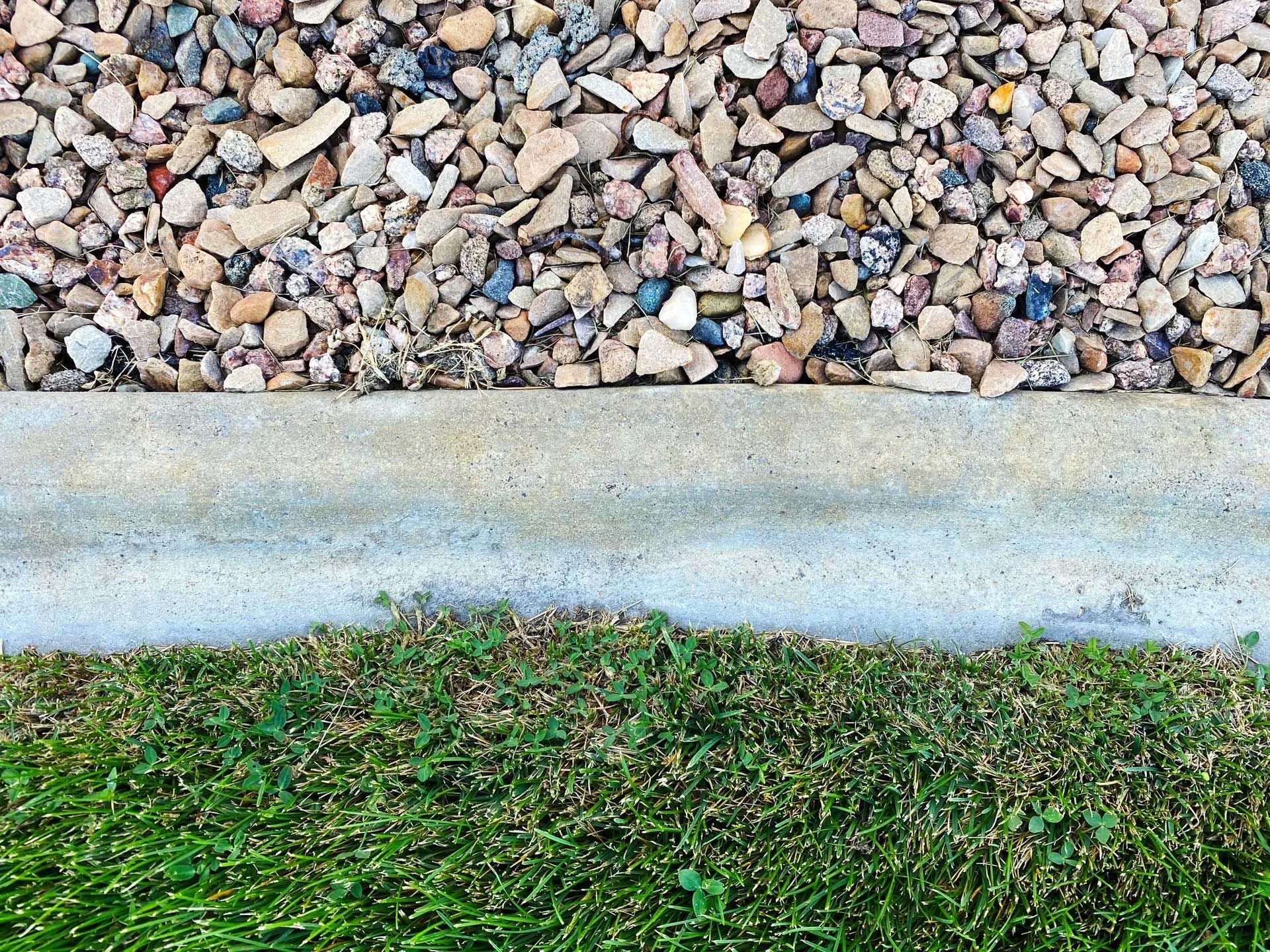Wildlife-Friendly Gardens for California Backyards
Gardening in California offers a unique opportunity to harmonize with nature, especially in creating spaces that welcome and nurture local wildlife. By designing a garden that attracts birds, butterflies, and beneficial insects, you not only enhance the beauty of your outdoor space but also contribute to the ecological balance of your surroundings.
The Benefits of a Wildlife-Friendly Garden
Transforming your backyard into a haven for wildlife comes with numerous ecological advantages. By cultivating native plants and providing suitable habitats, you support biodiversity, improve soil health, and reduce the need for chemical pesticides. Gardens that invite wildlife also contribute to the natural pest control system, where birds and beneficial insects keep harmful pests in check.
Plant Recommendations for California Gardens
Selecting the right plants is crucial for attracting local wildlife. Native plants are particularly beneficial, as they have evolved to thrive in the local climate, providing essential resources for native fauna. Consider incorporating the following:
- California Poppy (Eschscholzia californica): This vibrant flower is not only California's state flower but also a magnet for bees and butterflies.
- Toyon (Heteromeles arbutifolia): Known as the Christmas berry, this shrub provides food and shelter for birds with its dense foliage and bright red berries.
- Milkweed (Asclepias spp.): Essential for the survival of the monarch butterfly, milkweed is a must-have in any wildlife-friendly garden.
For more plant ideas, visit Calscape.org, a website by the California Native Plant Society designed to help you find the perfect native plants for your garden.
Creating Habitat Features
Beyond plant selection, adding specific features can make your garden more appealing to wildlife. Explore some ideas:
- Bird Baths and Feeders: Providing water and food can attract a variety of bird species. Ensure that bird baths are regularly cleaned to prevent disease.
- Rock Piles and Brush Shelters: These offer hiding spots and nesting opportunities for small mammals and reptiles.
- Butterfly Houses: While not essential, these structures can provide additional shelter for butterflies, particularly during adverse weather.
Maintaining a Healthy Ecosystem
Once your wildlife-friendly garden is established, maintaining it sustainably is key. Avoid using chemical fertilizers and pesticides, which can harm the very wildlife you wish to attract. Instead, focus on natural pest control methods and organic composting. Regularly monitor plant health and soil quality to ensure a thriving ecosystem.
The Ecological Impact
By fostering a garden that supports wildlife, you contribute to a healthier environment. Wildlife-friendly gardens help mitigate the impacts of urbanization, providing crucial habitat corridors for species on the move. They also play a role in carbon sequestration, helping to combat climate change.
Engaging With Your Garden
Creating a wildlife-friendly garden is an ongoing journey that offers endless opportunities for learning and engagement. By observing the interactions between plants and animals, you gain insights into the delicate balance of ecosystems.
Embark on this rewarding endeavor, and watch as your California backyard transforms into a vibrant, living sanctuary. With each flower planted and each habitat feature added, you contribute to a richer, more diverse environment that benefits both wildlife and humankind.
For professional assistance in landscaping your home to encourage a thriving wildlife-friendly garden,
contact California Exteriors today.















